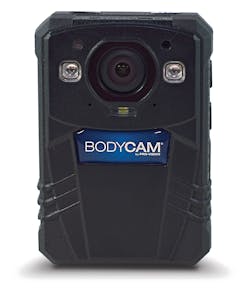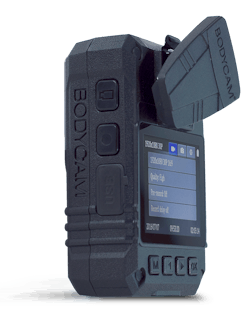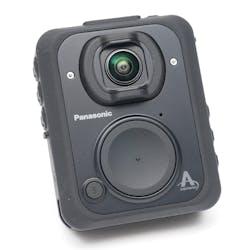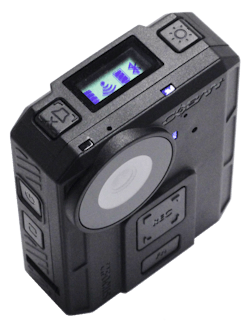How the Body Camera Has Changed
When any body-worn camera program is initialized there is also policy put in place to go with it. Those policies have to evolve in compliance with legal mandates, insurance mandates, court decisions, etc.
Challenge number one: getting the body-worn camera to “see” what the officer sees.
Some of the early versions of body cameras were worn on the belt. Due to point of view and perspective that quickly went by the wayside. Cameras worn on the chest, shoulder and even glasses became options explored as shrinking technology supported those options. If you compare what each camera would capture in its viewing field to what the human eye captures as a person looks around, obviously the camera on the glasses becomes as close to optimal as possible. There was also the option of mounting a camera on the actual handgun of the officer so that the gun “would see” the threat that was being engaged.
All of these options faced the same challenge: while the camera lens might have a wide field of view, it still only looks directly in a single direction. The human eye can move back and forth up to 170° and that’s added to the amount the head can swivel on the neck. As a result, with the example of the camera mounted on the gun, it could be pointed right when the officer turns his head left and looks farther left. What’s the end result? The camera could potentially be looking in the opposite direction of where the officer is. That is of little use when trying to use video to justify an officer’s actions or capture video evidence.
As the technology continues to develop and evolve, we’re seeing the integration of such functionality as facial recognition and subject identification even during a live-streaming process. As ever increasing amounts of video evidence is processed, stored and used for court purposes, policy evolves in parallel to keep up with legal mandates and in response to court precedence. One thing is for sure: body-worn video is not ever going to go away and is sure to play an increasing role in court proceedings. It’s the one type of evidence that offers impartial evidence for and against officers, citizens and suspects.
What’s the future of body cameras look like?
About the Author
Lt. Frank Borelli (ret), Editorial Director
Editorial Director
Lt. Frank Borelli is the Editorial Director for the Officer Media Group. Frank brings 20+ years of writing and editing experience in addition to 40 years of law enforcement operations, administration and training experience to the team.
Frank has had numerous books published which are available on Amazon.com, BarnesAndNoble.com, and other major retail outlets.
If you have any comments or questions, you can contact him via email at [email protected].







